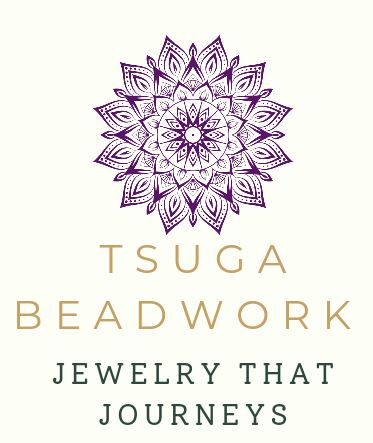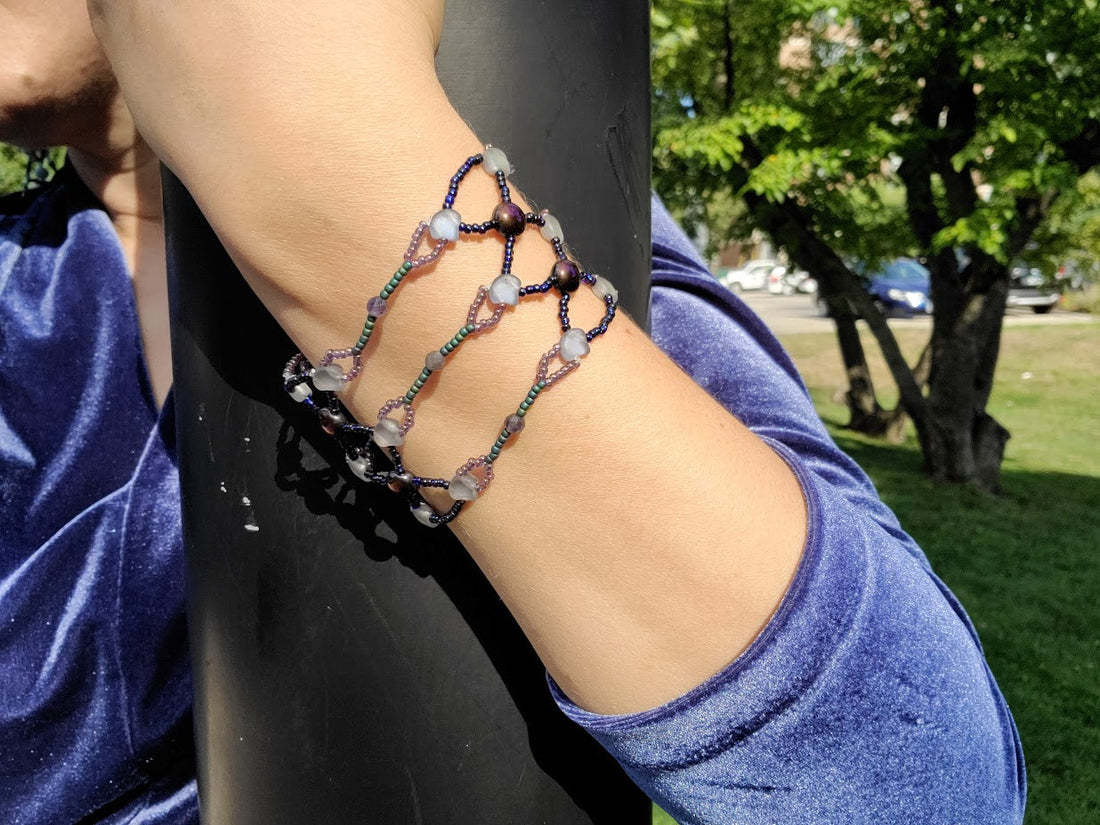Like food, jewelry design often has a great deal of cultural significance. You might wear your grandma’s pearl necklace, similar to how you might enjoy her signature lasagna. You might wear a piece that speaks to your ethnic background or has spiritual significance, similar to how food traditions might be influenced by your cultural heritage and customs.
I was privileged to grow up in a very cosmopolitan community in the Chicago area, where I was exposed to an incredible diversity of global food traditions. My parents’ dear friend, Sergio, is a Mexican chef, and they learned a lot of Mexican recipes from him. Another friend is Lebanese, and I have a memory of making spinach fatayer (an herbed spinach pie with feta wrapped in a leavened dough) at the kitchen table with her when I was about 5. We learned to make pad see ew (rice noodles with a sweet soy-based sauce, greens and fresh rice noodles) from our Thai neighbor. As a mixed Indian family, we also have an array of family recipes for dishes such as aloo gobi (a potato and cauliflower curry), chana sabbat (a chickpea curry with a million different spices), and saag (a spinach and butter curry) (fun fact- if you ask 10 Indian families for recipes for these dishes, you will likely get 10 different versions, which is kind of cool!). Through my childhood, I rubbed elbows with friends from a variety of cultures and often shared food with them. This gave me an appreciation for the variety of global food traditions.
As I got older, I tried to make a lot of the recipes that others had shared with me, but I never could get it quite right! I recognize that many of these food traditions have techniques that required a bit of know-how (similar to how your rendition of grandma’s lasagna is never the same!). I reimagined and recombined a lot of my culinary know-how and came up with unique dishes- Ethiopian-spiced puff pastry, a coconut milk and chermoula curry, Thai-spiced fettucine alfredo (great for when you realize that you have a boatload of rice noodles in the back of the pantry and you’re about to move!), and my famous New Mexico pasties.

I went to grad school in the Upper Peninsula of Michigan, where the pasty (pronounced PASS-tee) is the signature dish (you could go into a gas station and get a pasty in many towns). When I moved to New Mexico as a postdoc, I got creative and made a New Mexican version with green chile, potatoes, and pinto beans! I love it with green sriracha!
I like to think of my jewelry design in a similar fashion. Aside from lack of know-how about the art techniques of many cultures, I also am not keen on appropriation of sacred motifs from global cultures. Instead, I reimagine motifs from different cultures and create novel combinations and striking geometry. For example, in the Infinity Paisley bracelet- the design was inspired by the Lauburu. The Lauburu is a Basque (a people indigenous to northeastern Spain and southwestern France) symbol, representative of the four elements (earth, air, fire and water). Given the sacred significance, I refrained from direct copying, but instead used the basic structure to create a design with an aggregate of paisley-shaped beads like you see here.
My jewelry design process involves a lot of perusing of museum collection photos of jewelry from around the world, and rather than direct replication, I use it as a jumping off point to reimagine it, similar to how a chef might try a striking dish at a Japanese restaurant, and rather than trying to replicate it, they might incorporate novel elements into their own culinary style.
I like to think of my jewelry as being similar to fusion cuisine- there are elements from a wide range of global cultures, but the designs are reimagined to create striking, unexpected elements. Sometimes I like to ponder- if a piece of jewelry were a dinner entrée, what would it be?
For my upcoming Aniconic collection, I have some elements from Phoenician (modern-day Lebanon) art, like the Tyrian Gate necklace and some elements from Jordanian artifacts, like the Tellmark necklace. Others are kind of a mash-up of a whole range of geometry and motifs from around the world, leading to novel combinations and I couldn’t really articulate where those came from. So Aniconic is kind of from everywhere but also nowhere.

Tyrian Gate Necklace

Tellmark Necklace
If Aniconic were a dinner spread: Moroccan-spiced pozole (which I actually made recently- it worked better than I expected and it’s a new favorite!), a green chile butternut squash pasty, a roasted eggplant and black bean salad with arugula, with a spiced halva brownie dessert. Sounds out of left field, eh? That’s Tsuga on a plate. Unexpected elements, but they come together in a unique way!

In New Mexico, pozole (a soup with a flavorful broth, beans and/or meat, and hominy) is commonly made with red chile. A few weeks ago, in my head, I kept going, "What if I try a Moroccan-spiced pozole?" since I had just had a couple of wonderful tagines and really liked the spice blend- I figured I'd try it as a pozole. It worked- this has a spice blend similar to a tagine (cinnamon, coriander, cumin, paprika, and cardamom), as well as pinto beans, hominy, carrots, and dried cranberries (I didn't have dried apricots or figs on hand). But definitely a keeper! Given that my jewelry design is often eclectic with unexpected elements, I have been likening some of my pieces to Moroccan-spiced pozole.
What food would your favorite piece of jewelry be and why? Tell me in the comments!


